What Is a Self-Billing Invoice?
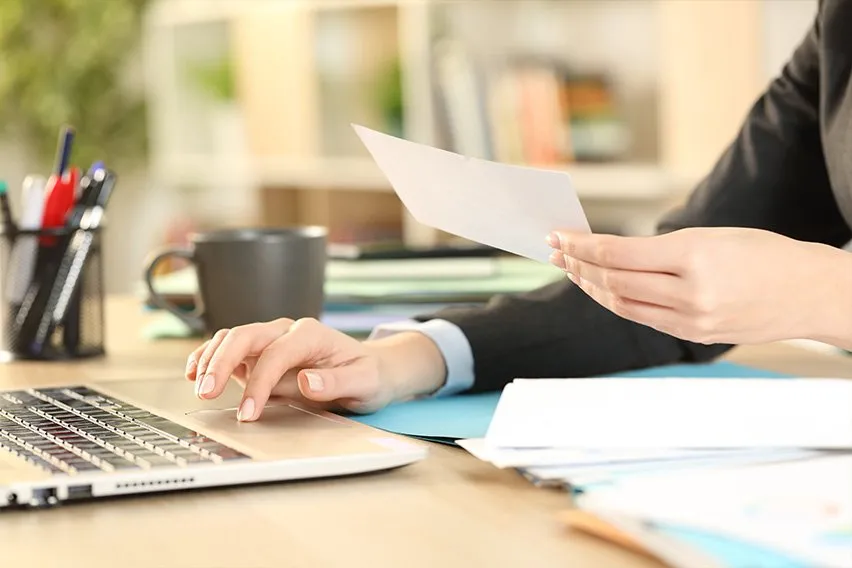
Self-billing invoices are raised when the customer prepares the supplier’s invoices and sends them to the supplier for payment. To enter into this arrangement, both the customer and the supplier must be VAT (value-added tax) registered.
The advantage of this is that the customer no longer needs to wait to receive an invoice from the supplier and reconcile it with the timesheet before payment. On the supplier’s side, the process is more straightforward as there is no need to produce an invoice. Once they approve the timesheets, the customer can generate the invoice.
What this article covers:
- What Is Self-Billing?
- What Is A Self-Billing Invoice?
- Rules for Self-Billing Invoices
- How VAT For Self-Billing Works
- Who Can Issue Self-Billing Invoices?
- Why Use Self-Billing?
- Key Takeaways
- Frequently Asked Questions
What Is Self-Billing?
The supplier usually issues VAT invoices. However, in some circumstances, the customer can prepare the invoice and send the supplier a copy. This agreement between the customer and the supplier is called self-billing.
While any business can use this process, certain conditions must be fulfilled to do so. These include:

- The supplier and customer must enter into a prior agreement.
- The supplier and the customer should be registered for VAT.
- The agreement is reviewed at regular intervals.
- The customer keeps a record of the suppliers who allow self-billing and fulfills other conditions relating to the content or issue of the invoice.
- The self-billing invoices should contain the correct information, including all the details that make a full VAT invoice.
If a supplier is no longer registered for VAT, the customer can continue to self-bill them. However, they can’t issue the self-billing invoices and claim any input tax as the self-billing arrangement is no longer valid by VAT regulations.
It’s important to note that:
- There is no impact of self-billing on commercial and contractual arrangements
- The supplier and the customer must retain copies of self-billing invoices for tax and audit purposes, even when they raise internal invoices for internal accounting purposes.
What Is A Self-Billing Invoice?
Once the self-billing agreement is in place, self-billing invoices are issued by customers for all the transactions with the suppliers during the agreement period.
Along with the details of a full VAT invoice, a self-billing invoice to a supplier will also include:
- The names, addresses, and identification numbers of the supplier and customer.
- The VAT registration number of the supplier and customer.
- The statement “The VAT shown is your output tax due to HMRC.”
- Marked with the reference: ‘self-billing.’
Both parties to the agreement should ensure that the self-billing invoice accurately reflects the relevant transactions and that the correct VAT rate is applied.
Some customers use third-party service providers to issue self-billed invoices on their behalf. In this case, the customer still remains responsible for guaranteeing that the invoices are issued.
The customers should still make sure they set up and review self-billing agreements with suppliers, keep copies of those agreements with their suppliers’ names, addresses, and registration details, and produce the suppliers’ details for inspection by the HMRC.
Suppliers should not treat self-billed invoices as purchase invoices and reclaim the VAT shown as input tax.

Rules for Self-Billing Invoices
Self-billing invoices can benefit clients and suppliers thanks to increased efficiency, faster payments, and improved accountability. That said, some rules need to be followed for them to be done correctly.
Firstly, suppliers will need to ensure compliance with VAT regulations and conditions. This includes:
- Maintaining a signed copy of the self-billing agreement
- Keeping customers informed of changes to your VAT registration number
- Avoiding sending sales invoices while self-billing agreements are in effect
Beyond that, there are some other basic rules for customers with self-billing invoice agreements to keep in mind, including:
- Ensuring every supplier can legally determine an agreement’s validity
- Creating consistent, thoroughly-reviewed agreements
- Maintaining accurate, detailed records of all self-billing agreements with suppliers
- Verifying all self-billing invoice information
- Ensuring correct issuing of all invoices
How VAT For Self-Billing Works
First and foremost, both the customer and supplier must be VAT registered. When the customer receives their order from the supplier, they will prepare the invoice for the supplier and send it along with payment.
Provided your supplier has agreed to your self-billing arrangement (and the other necessary conditions have been met), your self-billing invoices will be valid VAT invoices, meaning you can reclaim the input tax listed at a later date.
Who Can Issue Self-Billing Invoices?
As the name implies, self-billing invoices can only be issued by the customer, who will be preparing the billing for their own purchase. With that said, both the customer and the supplier will need to agree on self-billing invoices (and be VAT registered) to arrange self-billing for the future.
Why Use Self Billing?
Some of the key advantages of self-billing are:
- Self-billing is a time saver as it means less administration for suppliers and customers, reduced costs, and less time spent on invoice management.
- Since the self-billing invoices are created in the format approved by customers, it facilitates financial administration.
- As soon as a timesheet is approved, the invoice is raised. This means quick payments for the customers.
- Since the self-billing invoices are generated from approved timesheets/expenses, it contains accurate rates, days worked, and relevant dates. This leaves no margin for error.
Because the rules of self-billing are not clearly defined, you should consult a qualified tax specialist if you’re planning to enter into an arrangement with the suppliers.
Key Takeaways
Self-billing is a slightly different process than a typical business invoice. However, it’s a mechanism with several benefits for certain situations. Self-billing can save time for suppliers and customers alike, streamlines financial administration, and reduces the margin for error.
Though self-billing can be advantageous, the added administrative work upfront can make it a less attractive option for some. That’s why professional-looking, detailed, self-billing invoice templates are so helpful. FreshBooks offers several easy-to-use invoicing templates that are easy to adapt to self-billing. And the best part? They’re completely free to download. Learn more and get started with our free invoice templates today.
FAQs on Self-Billing Invoices
What is a self-billing document?
A self-billing document is another term for a self-billing invoice. It’s essentially a regular VAT invoice with additional information like registration numbers and some required statements—unlike a regular VAT invoice, a self-billing document is created by the customer and provided to the supplier.
How does self-billing operate?
Self-billing is when the customer prepares the invoice and provides it to their supplier along with payment. It is a process between two parties with valid VAT registration that have come to a formal self-billing agreement.
What is the difference between list billing and self-billing?
List billing is the most common way companies invoice and receive payments. In a list bill, the supplier creates their own invoice and sends it to the customer to receive payment. With self-billing, on the other hand, the customer creates the invoice and sends it to the supplier with payment. Special agreements and conditions are required to set up a self-billing arrangement.
Is self-billing the same as reverse-charge VAT?
Typically, businesses charge VAT when supplying to their customers. In cases of reverse-charge VAT, however, the customer will instead pay and deduct the VAT via their VAT return. Although reverse-charge VAT sometimes applies to self-billing, this is optional and will depend on the arrangement between the customer and supplier.
Streamline Your Billing with Professional Templates
Understanding self-billing invoices is just the beginning of efficient financial management. To further simplify your processes and ensure consistent, professional billing, consider utilizing a dedicated billing statement template. These templates can save you valuable time and reduce errors, allowing you to focus on growing your business. Discover how to create organized and effective invoices by exploring our billing statement template for small business and take control of your financial transactions today.
Reviewed by
Jason Ding is a seasoned accountant with over 15 years of progressive experience in senior finance and accounting across multiple industries. Jason holds a BBA from Simon Fraser University and is a designated CPA. Jason’s firm, Notion CPA, is an accounting firm with a business-first focus. The firm specializes in preparing personal and corporate taxation while providing fractional CFO work and leading the accounting and finance function for several small-to-medium-sized businesses. In his free time, you’ll find Jason on the basketball court, travelling, and spending quality time with family.
RELATED ARTICLES



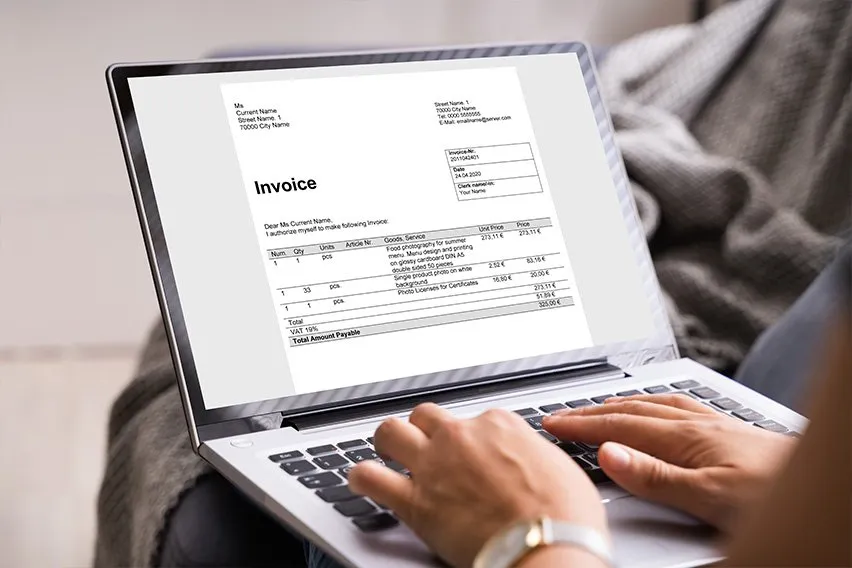 Proforma Invoice: Definition, Uses, and Free Template
Proforma Invoice: Definition, Uses, and Free Template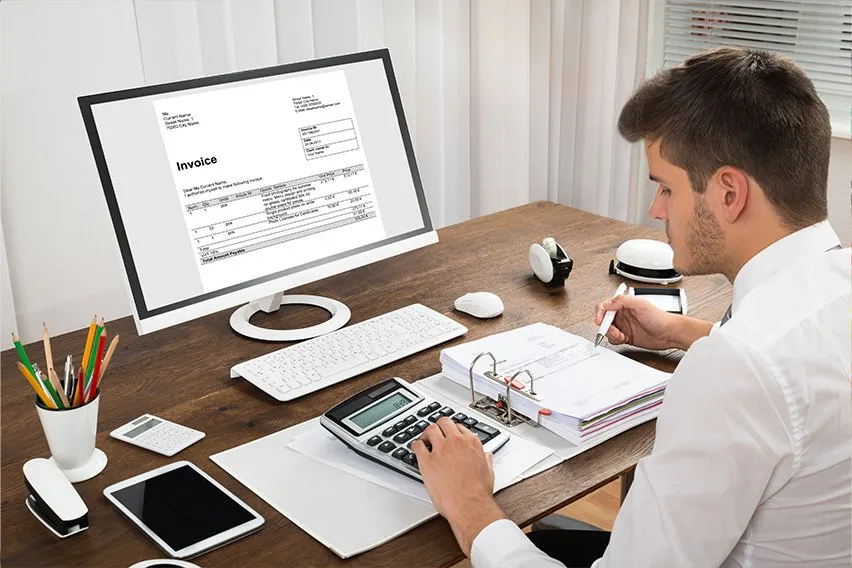 What Is a Tax Invoice?
What Is a Tax Invoice?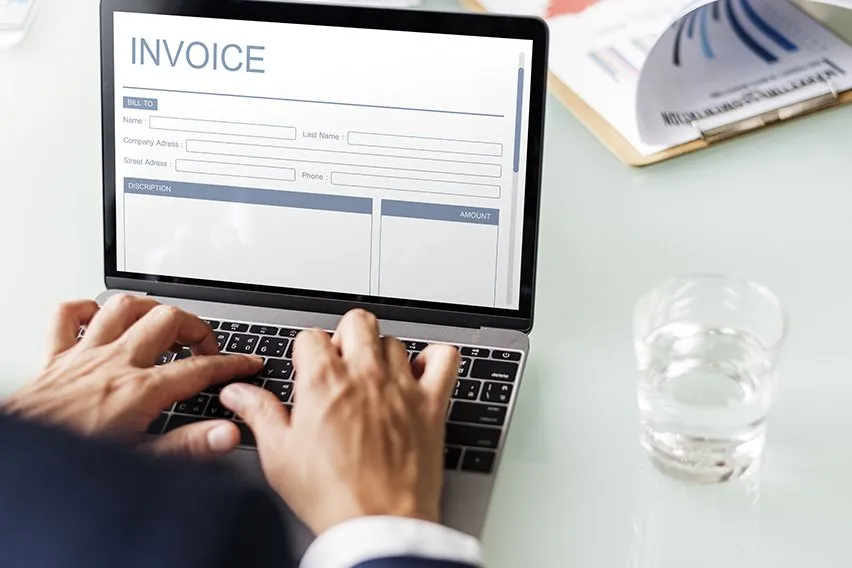 How to Make an Invoice
How to Make an Invoice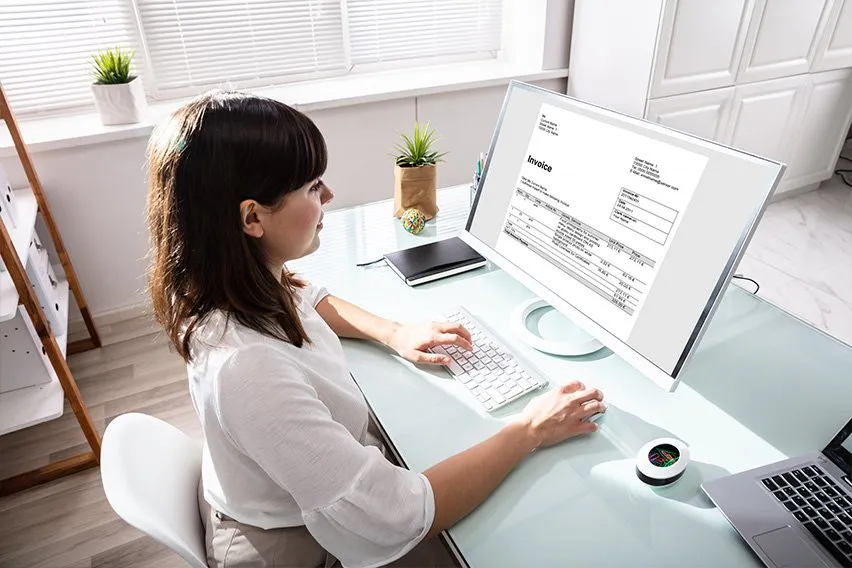 How to Invoice a Client: 10 Steps to Get Paid on Time
How to Invoice a Client: 10 Steps to Get Paid on Time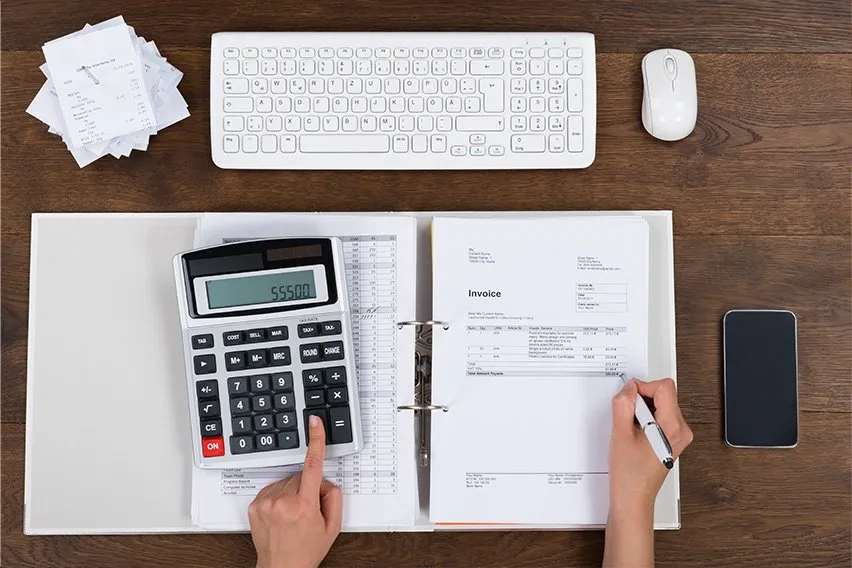 What Is the Purpose of an Invoice?
What Is the Purpose of an Invoice?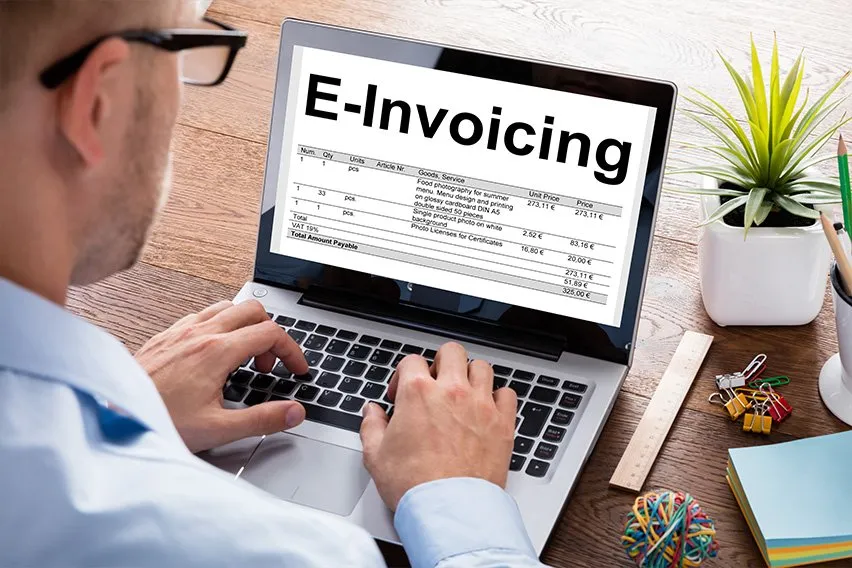 13 Types of Invoices Every Business Should Know
13 Types of Invoices Every Business Should Know